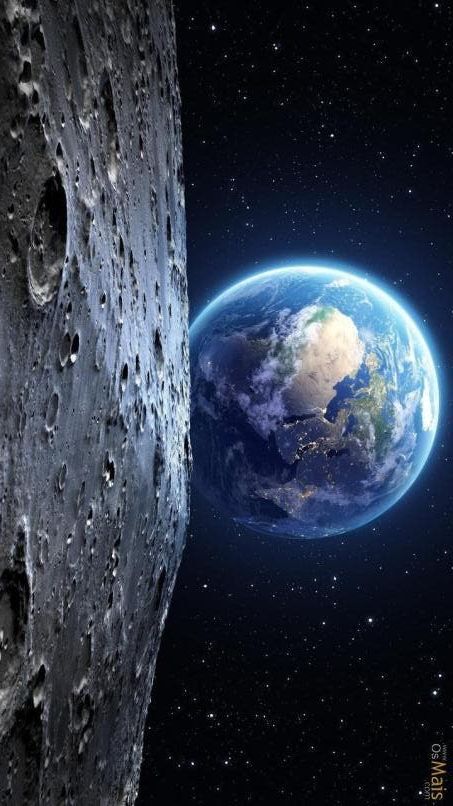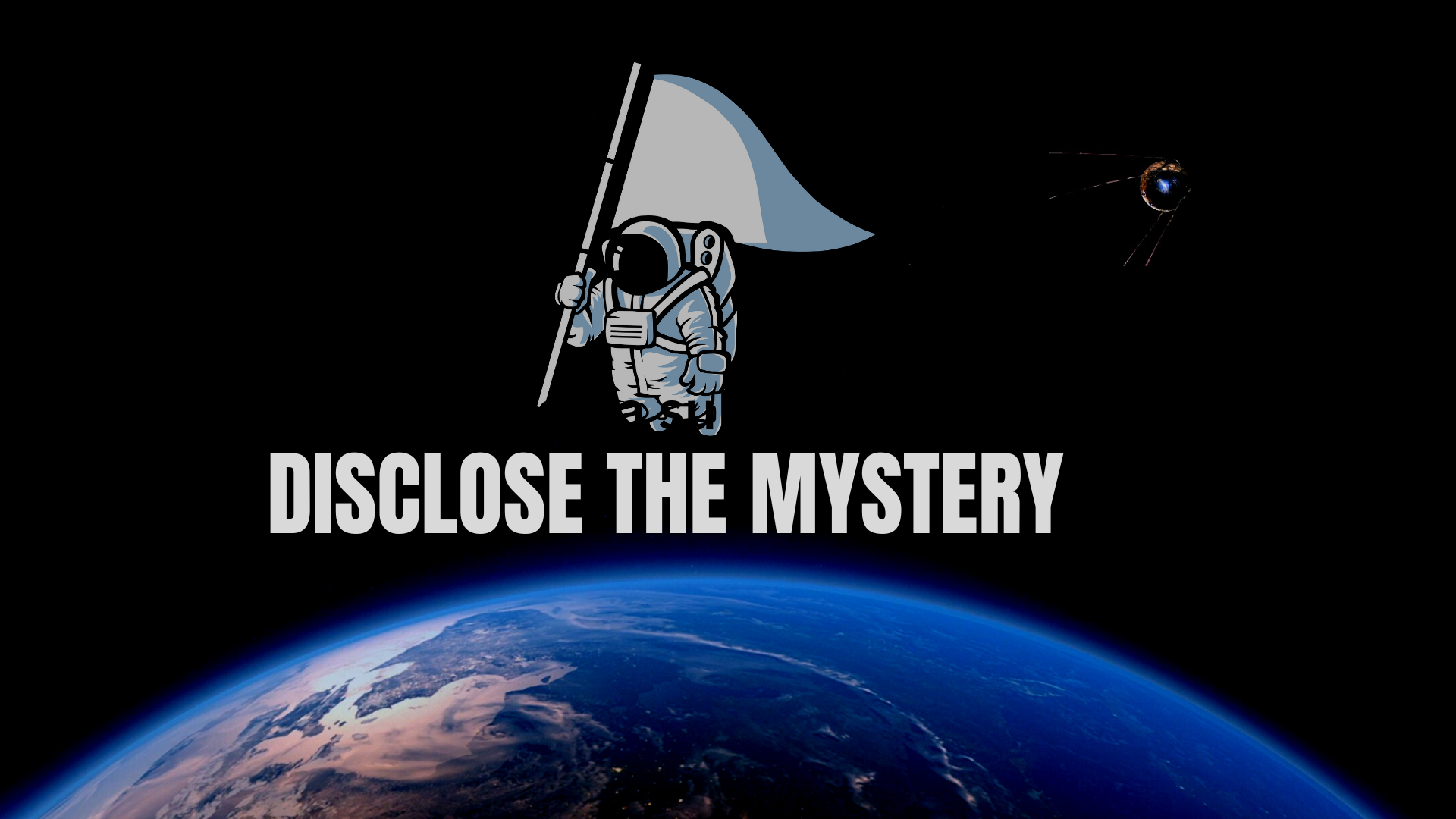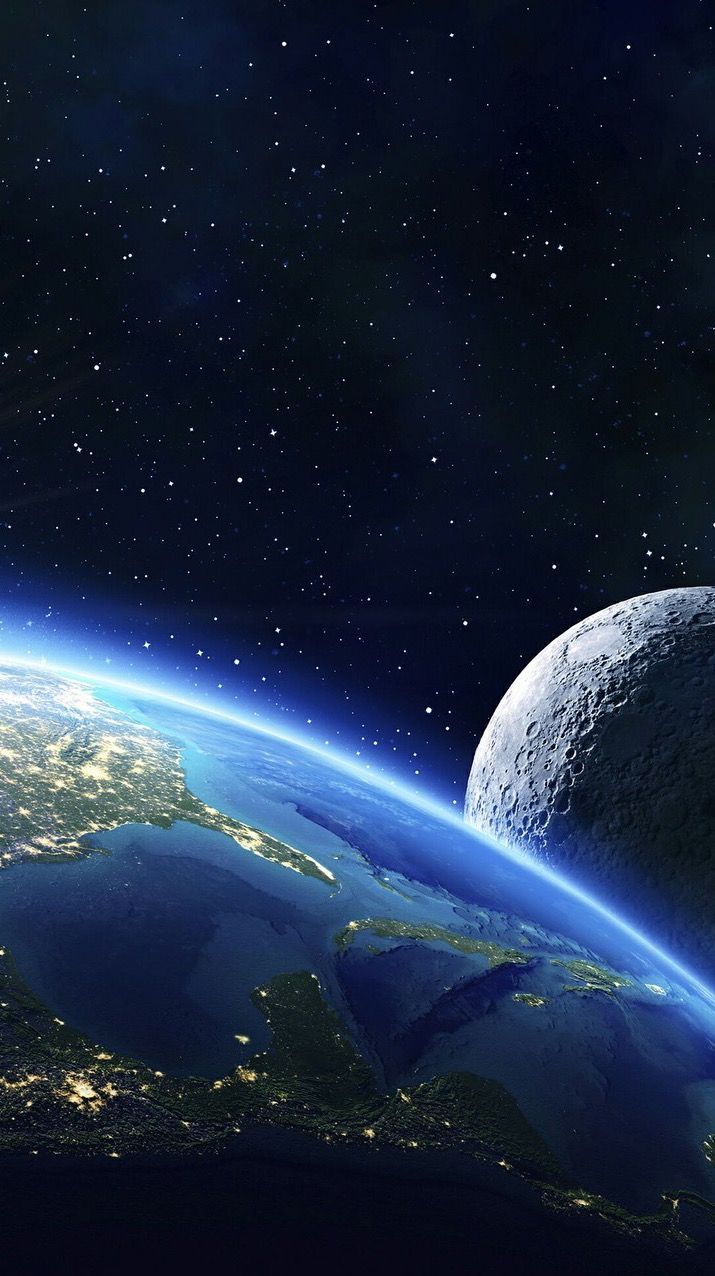Introduction
The Moon, Earth’s only permanent natural satellite, has been a subject of fascination for humankind since ancient times. It orbits our planet at an average distance of about 384,400 kilometers (238,900 miles) and has a significant influence on Earth’s gravity, tides, and atmosphere. In this blog, we will explore the Moon’s properties, its gravitational effects, and the impacts it has on Earth’s atmosphere.
The Moon as a Natural Satellite
The Moon is an astronomical object that revolves around a planet, in this case, Earth. It is the fifth largest moon in our solar system and is roughly 3,474 kilometers (2,159 miles) in diameter. The Moon is composed mainly of three elements: oxygen (44%), silicon (27%), and iron (15%). These elements form a rocky, solid surface that has been extensively mapped and studied by both manned and unmanned missions.
Gravity and the Moon’s Orbit
Gravity is the force that keeps the Moon in its orbit around Earth. The gravitational force between the two celestial bodies is the result of their mass and the distance between them. The Moon’s gravitational pull on Earth is approximately one-sixth that of Earth’s gravitational pull on the Moon. This difference in gravitational force creates several phenomena, including tides, the Moon’s phases, and the Moon’s impact on Earth’s atmosphere.
Tides and the Moon
The Moon’s gravity causes the ocean tides on Earth. As the Moon’s gravitational force pulls on the water, it creates two bulges – one on the side facing the Moon and another on the opposite side. This results in a rise in sea levels, causing high tides, and a lowering of sea levels, causing low tides. The Moon’s gravitational effect on Earth’s tides is not constant, as the position of the Moon relative to Earth and the Sun influences the strength and timing of the tides.

The Moon’s Impact on Earth’s Atmosphere
The Moon’s gravity has a subtle but measurable effect on Earth’s atmosphere. One of the most significant impacts is the Moon’s influence on the Earth’s rotation. The Moon’s gravitational pull slows down Earth’s rotation, which is why a day on Earth is getting longer by about 2 millionths of a second every year. This gradual lengthening of a day has implications for the Earth’s climate and the distribution of sunlight across the planet.
The Moon’s Influence on Earth’s Magnetic Field
The Moon’s gravity also affects Earth’s magnetic field. The interaction between the Moon’s gravity and Earth’s rotation generates a tidal force that causes the magnetic field to wobble slightly. This wobbling can influence the behavior of charged particles in Earth’s magnetosphere, which in turn can affect the auroras and space weather.

Conclusion
The Moon, as Earth’s natural satellite, plays a vital role in shaping our planet’s environment, from its tides and atmospheric conditions to its magnetic field. As we continue to explore and study the Moon, we gain a deeper understanding of our own planet and the cosmos. The Moon’s gravity and its impacts on Earth’s atmosphere are just a few examples of the fascinating connections between these two celestial bodies.

